(Last updated: 09/12/2019 | PDF | PERSONAL OPINION)
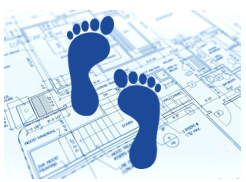
BlueFootprint is a software engineering tool which solves various problems in software development organization that is not solved or solved well by Jira and defect systems alike:
- Preventive Quality Control. We use Jira mainly to track things. All those one-liner stories were entered into Jira with zero thoughts. How can we as an organization enforce a policy such as no development may start before design documentation is written and reviewed? How can I assemble a committee to review my design doc without face-to-face meetings?
- Visibility. What people are working on which feature at when?
- Dynamics. Time estimates are never accurate, and changes are the only constant. How do we know a person is idle and how long is the person going to be idle because another person’s work the person depends on is delayed? A crucial feature work needs help, how can we find the list of people with the right skills and are idle?
- Performance. Who is idle at work? Who is overloaded? Who is super-efficient and who is struggling and needs help to get things done? BlueFootprint has the objective answers.
The first three areas correspond to the “blueprint” part and the “performance” area conrresonds to the “footprint” part of BlueFootprint.
If you’re looking for start up ideas, I hereby authorize you to use the ideas herein for free[1]. If you have $5000.00 or so to spare, the www.bluefootprint.com domain name is for sale (not from me).
Ab Initio
In a healthy productive organization, people spend most time doing and thinking about things. Individual and collective thinking thrives harmoniously as people interact with or are involved in committees for various tasks such as auditing, reviewing, promoting and performance improvement of individuals. Things are written down, so they are measurable, audit-able, archivable and their quality controllable.
To achieve organization wide productivity, we must shift salaried employees to the consultant mindset with their employer. While doing and thinking that result in concrete things are considered billable, managing, meeting and training are considered non-billable administrative and unassigned time. Ideally, only a small percentage of executives can have low utilization rates (Billable / Total Hours).
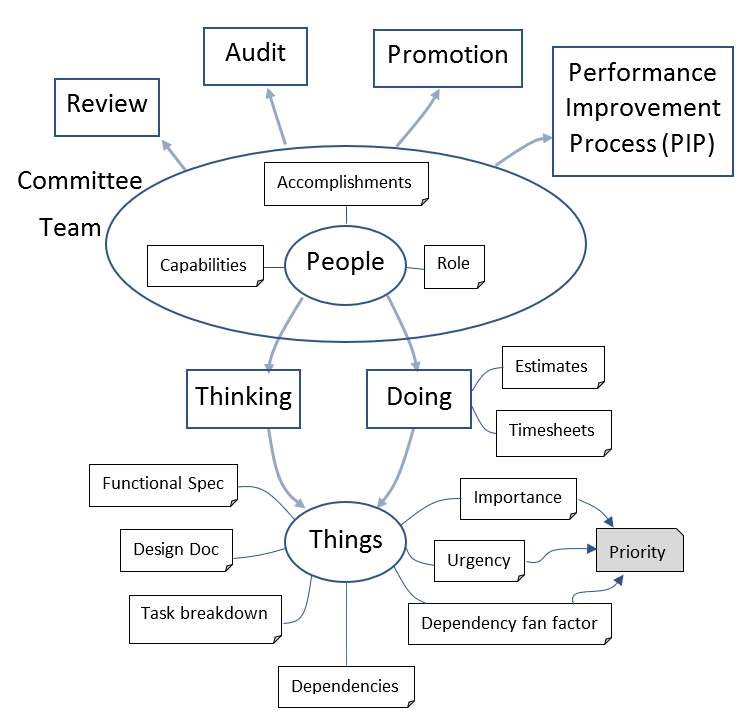
The Things View
Different organizations have different things. Things must be configurable within BlueFootprint. Below table lists typical things in a software development organization.

A tree view of the feature “Time Series Forecasting app” is shown below. Pay special attention to the “Publish in company app store” component, without which customer won’t be able to see and use the “Time Series Forecasting app” feature. Even though other components of the feature are already delivered to the customer site before, the feature is not deploy-able in the sense that customer can’t see or use it. In other words, the feature is “dark” until the “Publish in company app store” component is delivered.
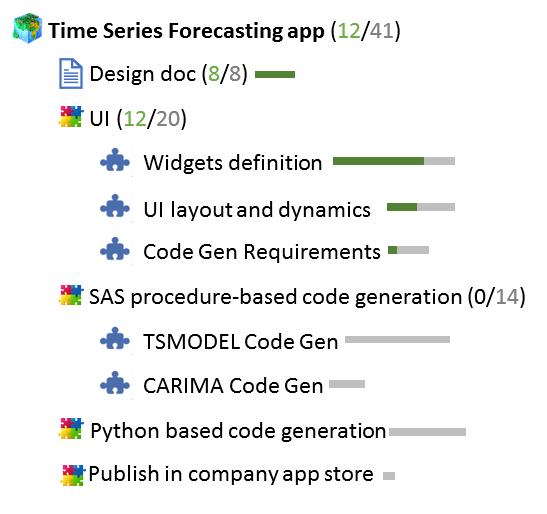
The Time View
With competing priorities within the organization and multi-tasking of people, a feature is rarely developed non-stop from start to finish. Rather, chunks of work get done at different points of time over a time period which is much longer than the actual time spent on the feature.
Estimated Time of Departure (ETD) and Arrival (ETA)
What matters for planning purpose is people’s estimate on when he plans to embark the work and when he expects to finish it: “I’ll start working on the Time Series Forecasting app next week, and it should be done in three weeks”. With this time bounded box, other people such as testers of the feature may start budget their time.
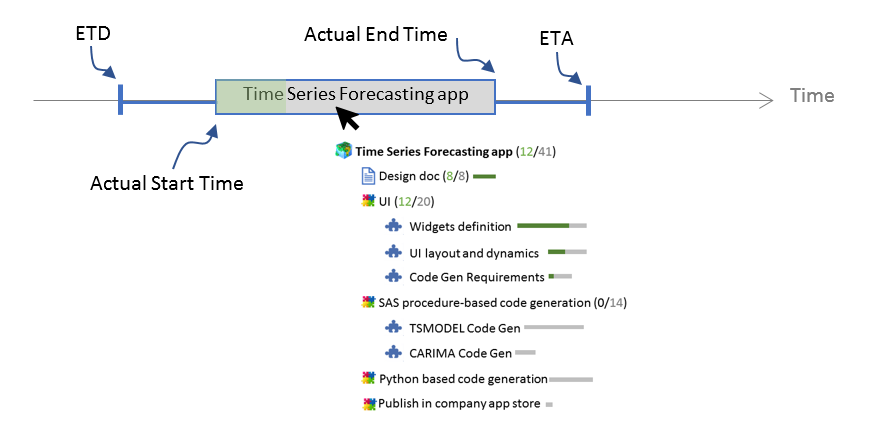
The Dependency View
If you plot all things and the dependencies among them, ideally you should get a directed acyclic graph (DAG). BlueFootprint will alert you should cyclic dependencies arise, in which case, manual intervention is called for.
Simple network analysis algorithms are more than enough to find all the dependency chains which exceed certain length or the things whose dependency fan factor exceed certain limits. All of which deserve special attention.
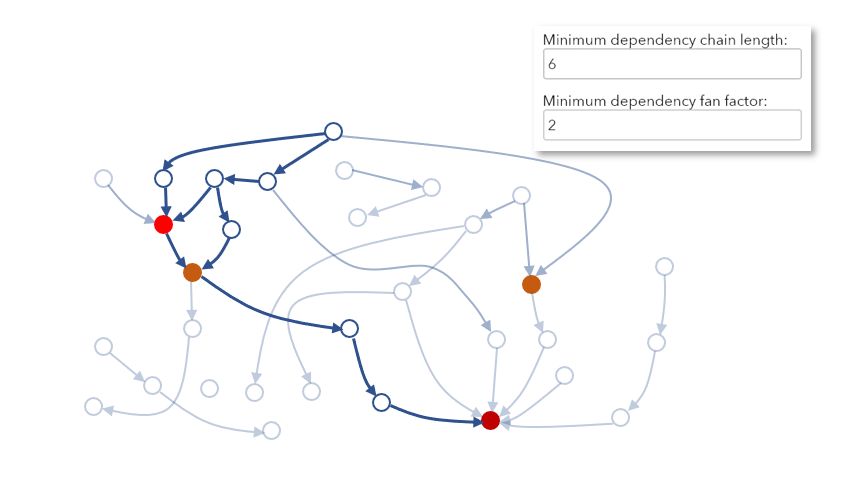
Integration Dependency
When one feature integrates the functionalities of another feature, both development work can go on in parallel. The dependent feature won’t be able to start until the dependee feature’s API is ready and it won’t be considered done until all its dependee features are done.

Pipeline Dependency
In a pipeline dependency situation, the dependent feature won’t be able to start until the dependee feature is done.

Priority Propagation
The priority of a feature propagates down to its dependency chain. The more features are dependent on a feature, the more priority the feature accrues.
The People View
People needs to manage their work and other people whom they associate with through feature dependencies.
Multiple Lines of Work
Feature development, tool building and bug fixing… People must juggle many balls at a time.
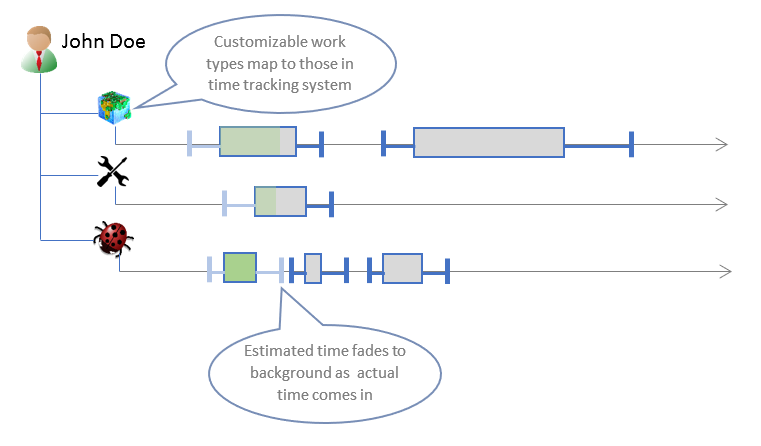
The Log Scale of Time
People have better ideas about what’s going to happen in the next week or so than those in the next month or quarter.
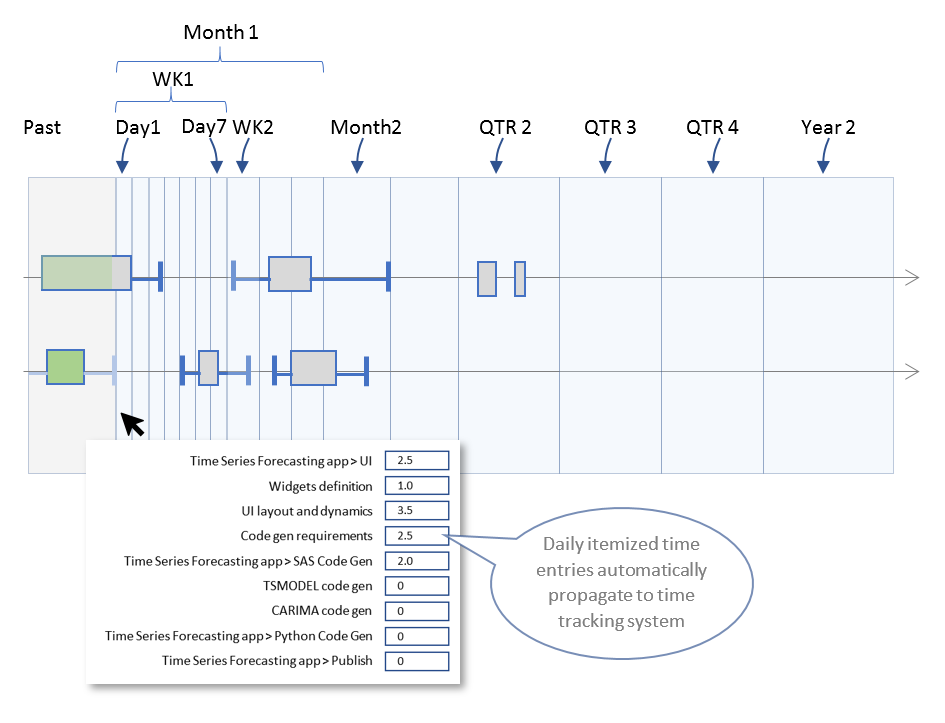
The Real Time View
Delays of one feature has ripple effects on all features that depend on it. The best we can do is to help people manage the dynamics by communicating interruptions and resolving schedule conflicts caused by them constantly.
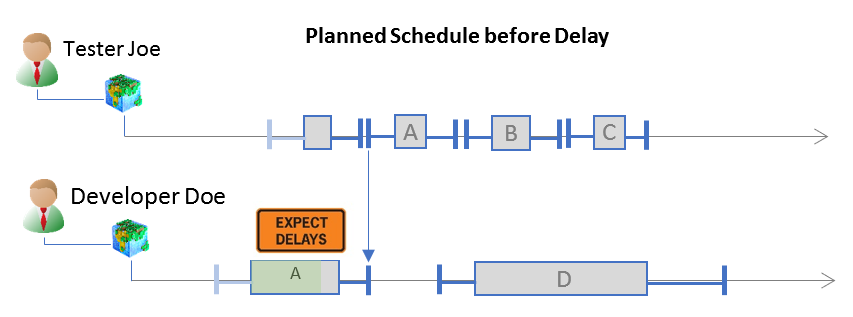
After delay:
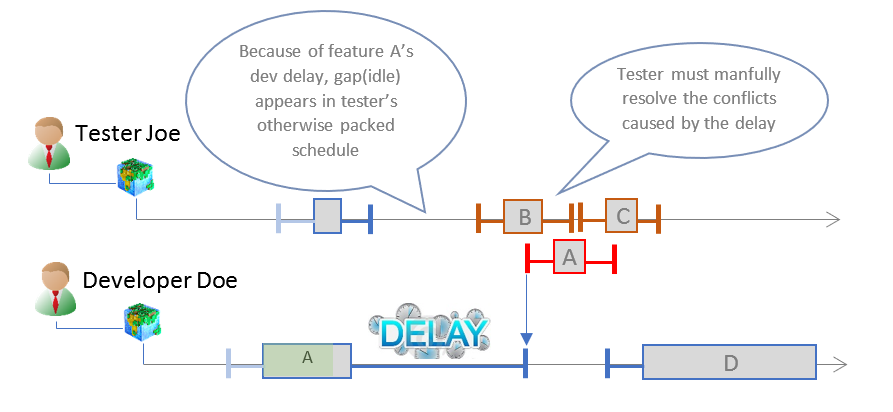
The Resources View
Estimated times, actual times and dependencies among things, people’s roles and capabilities… with all these elements in place, BlueFootprint can help you or even automate the management of human resources. Say a critical feature needs to be done and we need to find the people who can do it.
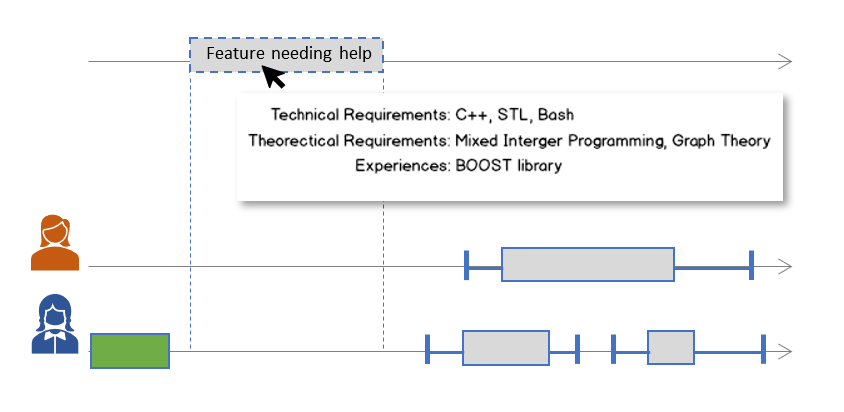
Committee View
Committee is a group of people gathered together virtually to accomplish a specific task: Reviewing a technical design documentation, deciding whether or not to promote a person, administrating a person’s performance improvement process (PIP)… BlueFootprint provides the committee members with all necessary tools for them to get things done during all lifecycles of the committee from formation to work in process (WIP) to winding down to archiving.
Attributes of Committees
- Size. Committee size may range from a single person to everybody of the organization.
- Visibility. Role based access can be used to control visibility of the committee itself, the members and resources managed by the committee.
- Longevity. The life span of a committee can range from ephemerous to long lasting.
- Tractability. Regardless of size, visibility and longevity, all committee resources and activities are archived for appropriate length of time period.
Tools for Committees
- Resources Management. A content management sub-system served as the “library” for the committee members.
- Workflows. A work flow engine to move resource though the committee’s business processes.
- Communications. Private or public communications among committee members or between non-committee public to committee.
Getting Things Done
David Allen’s Getting Things Done (GTD) summarizes best what Blue Footprint strives to achieve. Not only getting things done, we want to get things done efficiently. That means maximizing the time people spent in thinking and doing and minimizing delays, idling and organization bloat. Individuals are empowered to self-service and self-manage in Blue Footprint, reducing the need for people managers. Since Blue Footprint is completely open(everybody sees what everybody else is doing), peer pressure works its magic on people to get things done.
References:
- While American work management unicorns such as Slack, Trello and Monday.com are counting venture capital or stock money, entrepreneurs in our poor adversary countries are in deep thinking. Take a look at Fibery, brought to you by a guy from an ex-soviet country. I’m not surprised it eventually rise atop of Salck and Trello, just like the Chinese WeChat and TikTok did to Facebook and sons.
- In a Boss-less organization, which is on the other extreme of organization structure, permanent teams are replaced with ephemeral committees.
Notes:
[1] Of course if you insist giving me 1% of your shares or inviting me sitting on your board, I won’t refuse : ) Up